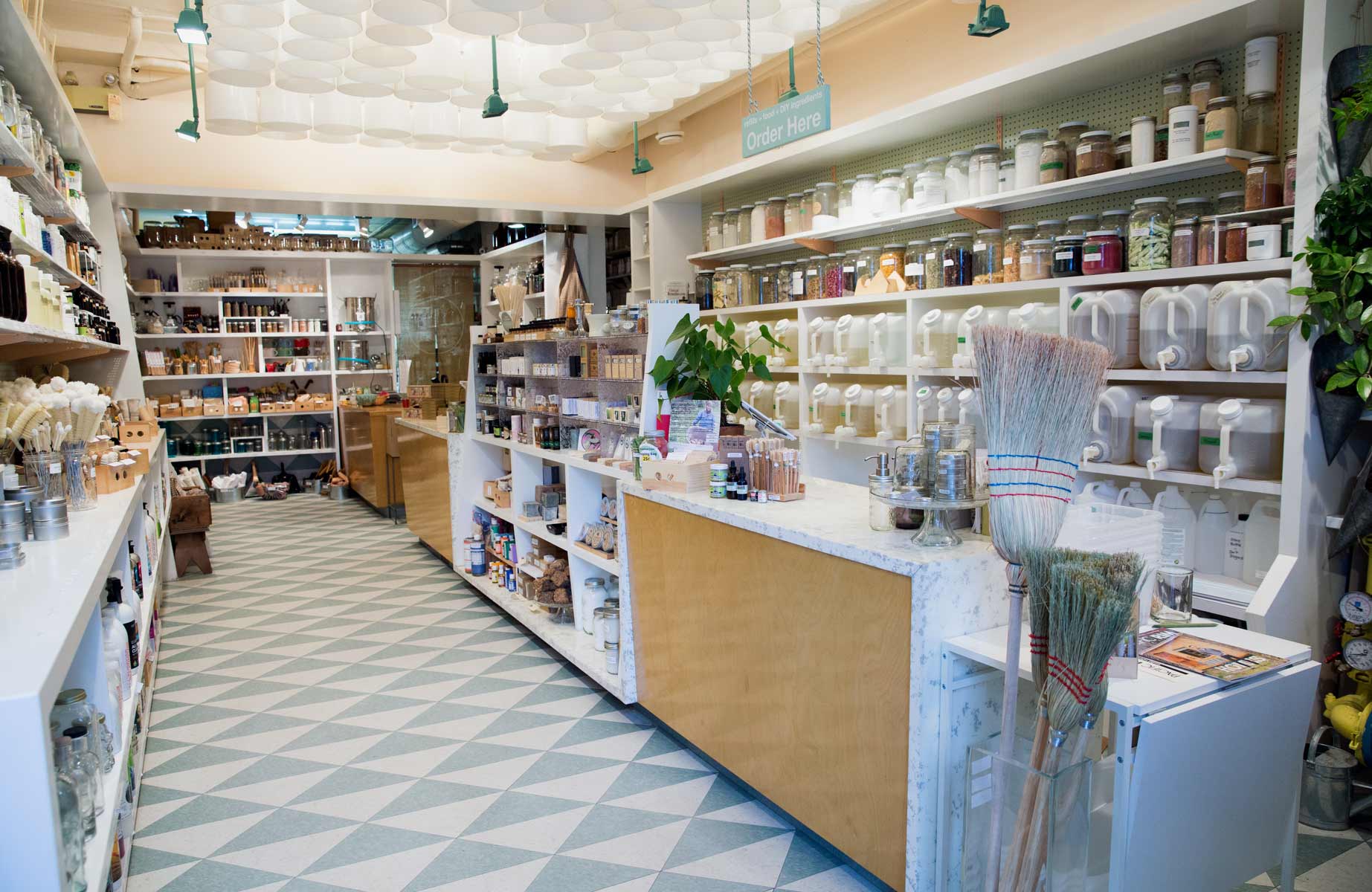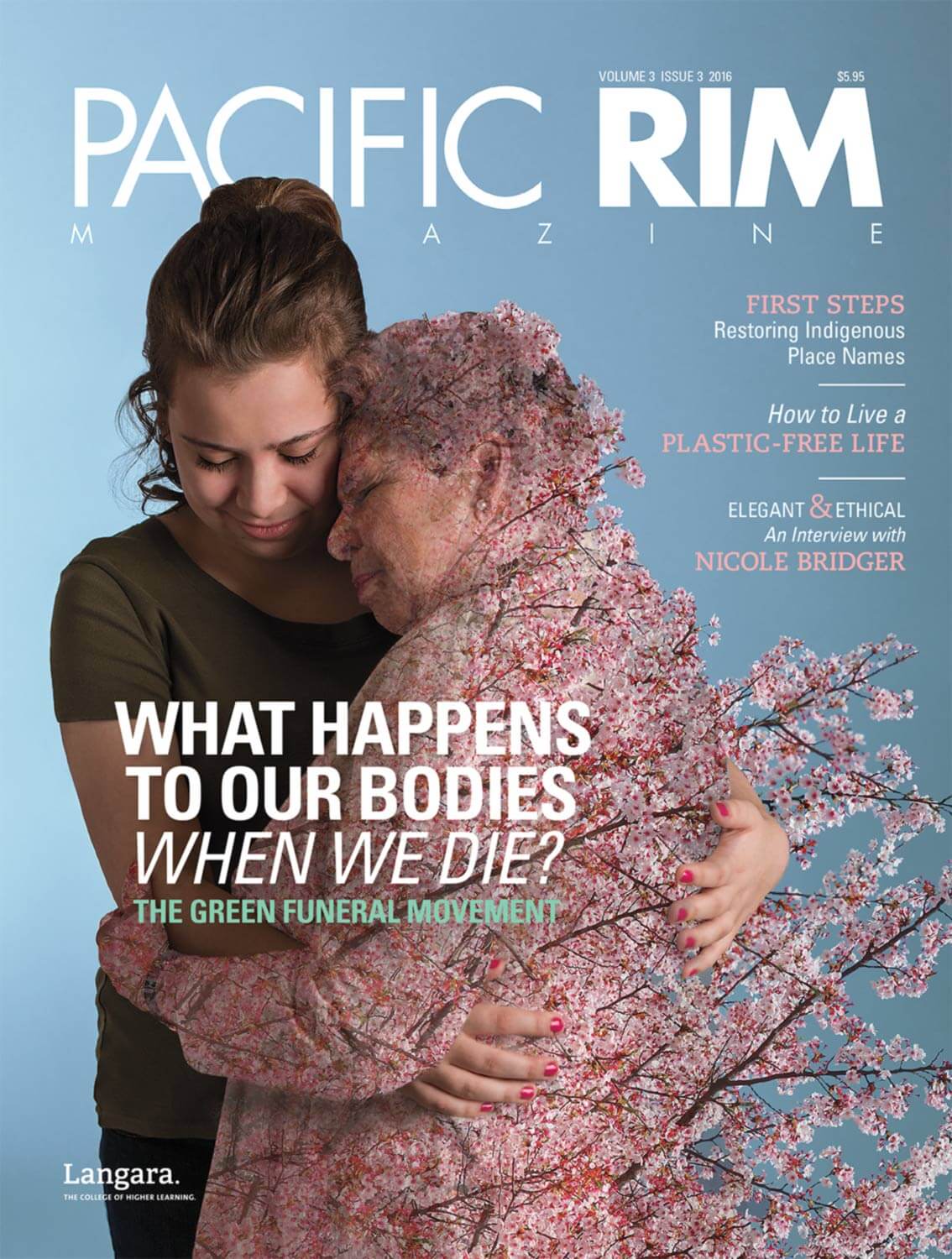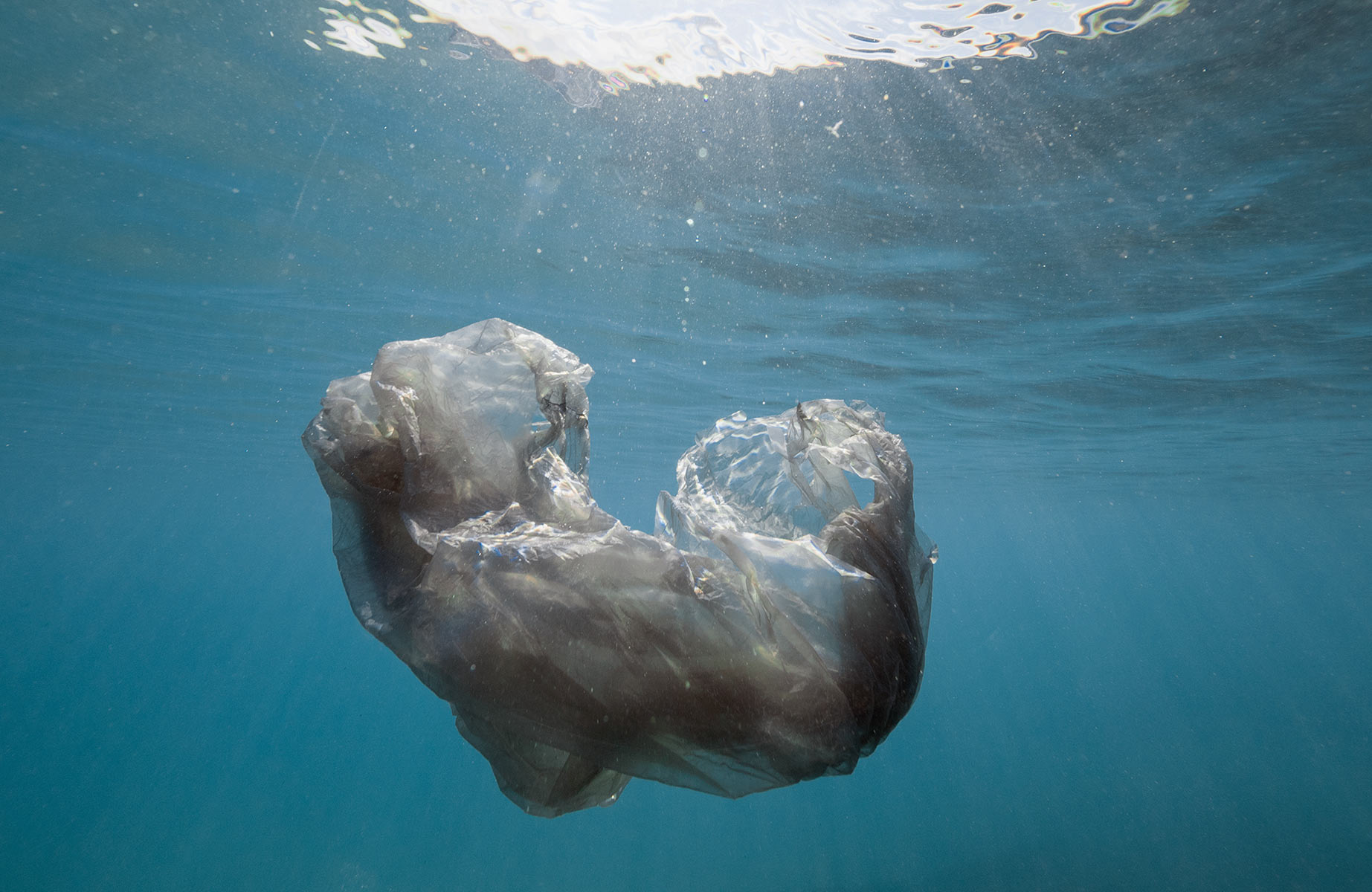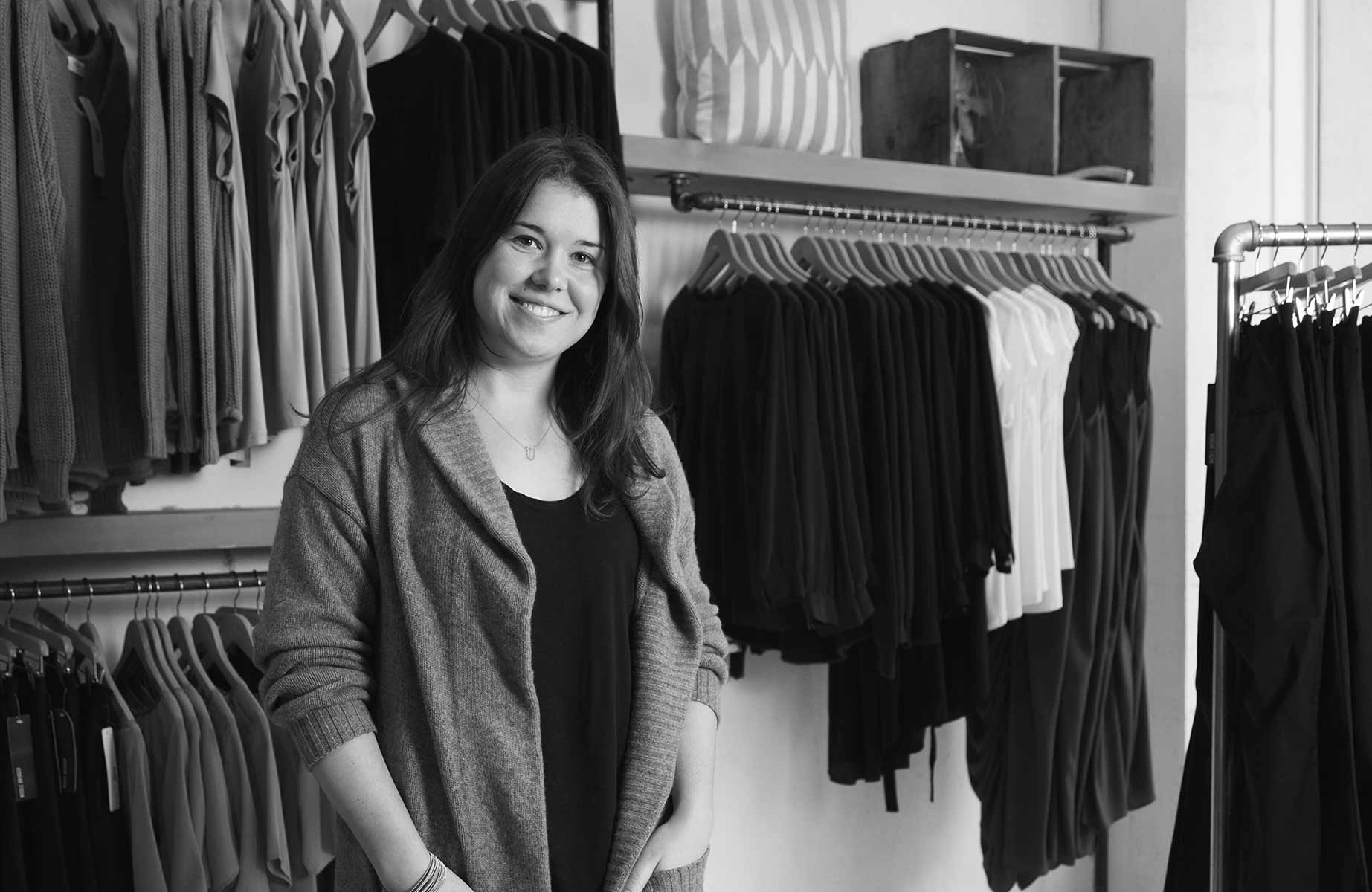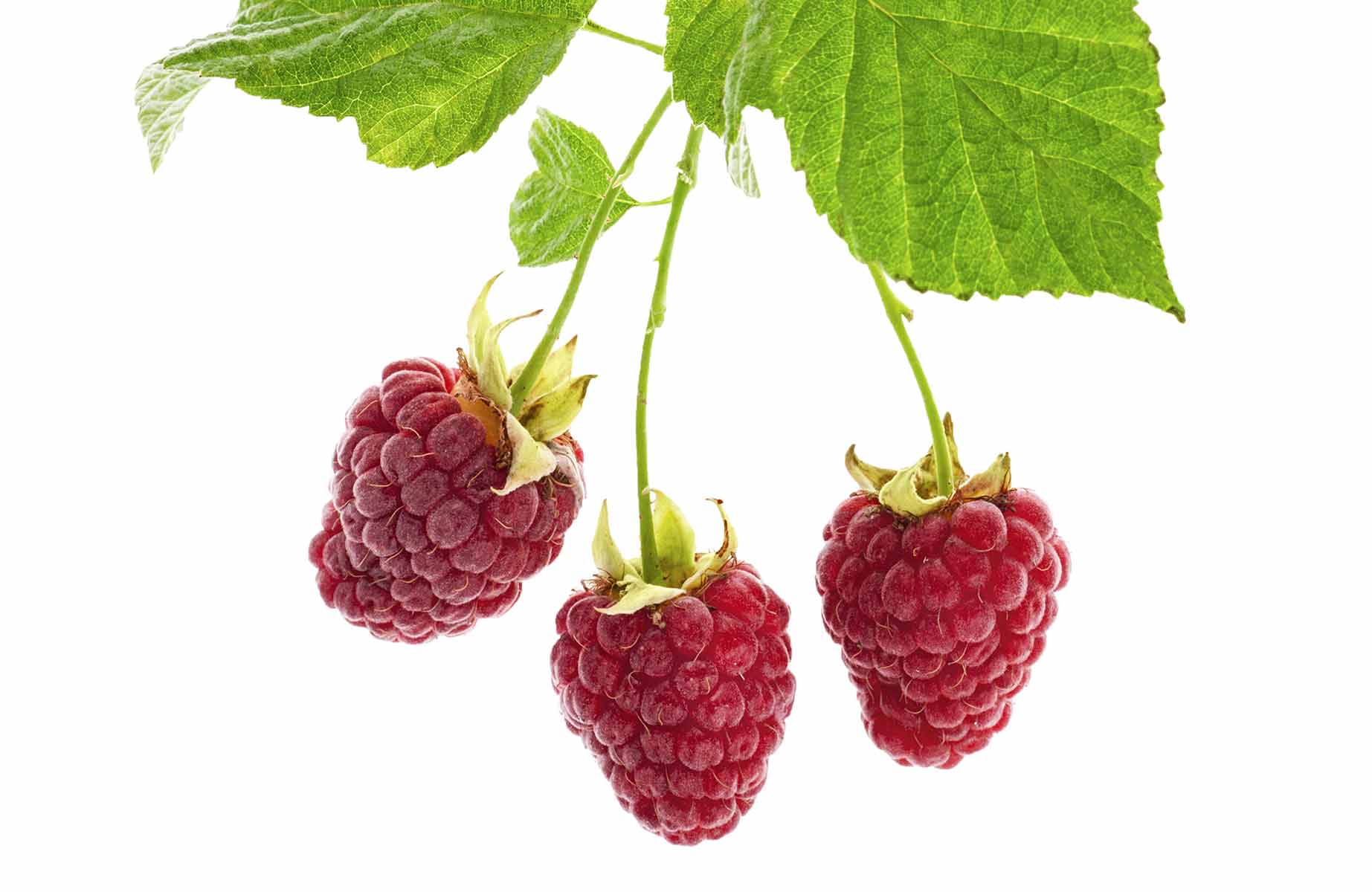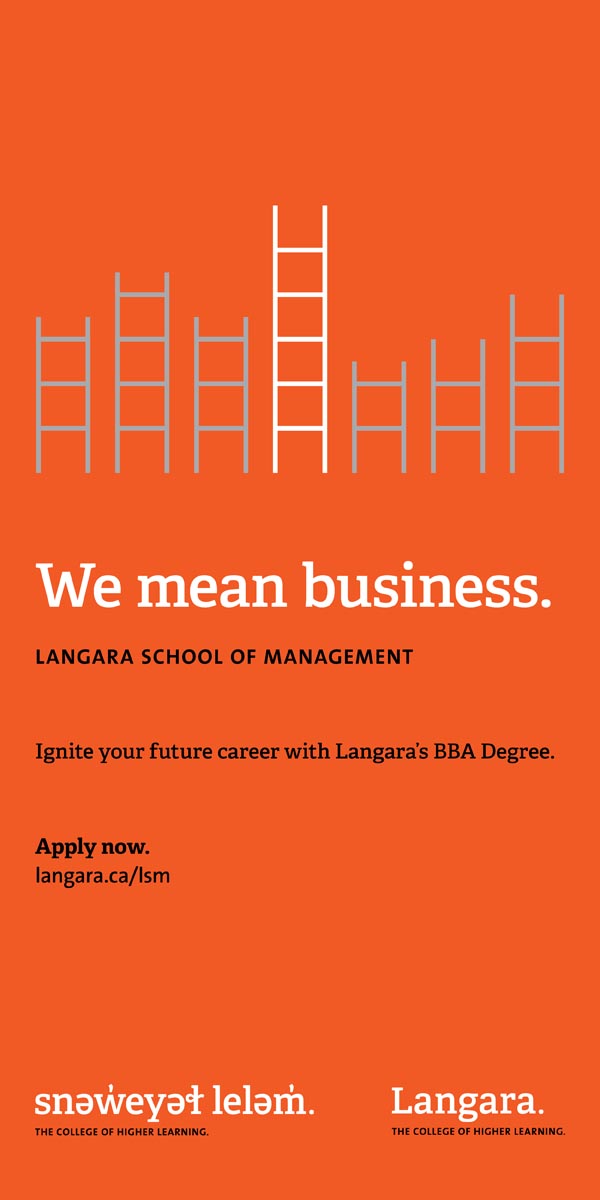From coffee cups to dental floss, we have become so accustomed to the products we use and discard each day that they have become invisible to us. According to a study by the Duke University Center for Sustainability and Commerce, the average North American generates 1.95 kilograms of garbage per day. Approximately two-thirds of our household waste can be composted. Plastic, however, is non-biodegradable and still makes up a significant portion of the products we use on a daily basis.
We can choose to ignore the rapid growth of global plastic pollution, or we can take action to stop plastic from further contaminating the environment. The Great Canadian Shoreline Cleanup, a joint initiative between the Vancouver Aquarium and the World Wildlife Fund, supports and encourages Canadians to collect garbage from their local beaches, creeks, and storm drains. In 2015, volunteers collected 409,417 cigarette butts—that are manufactured with plastic filters—from beaches, rivers, marshes, and storm drains across Canada.
From straws and shopping bags to bottle lids, cutlery, and food packaging, plastic is by far the biggest component of the dirty dozen that haunt the world’s shorelines. Due to the material’s strong resistance to natural biodegradation, plastics consistently make up 60 to 80 per cent of all ocean debris.
The sheer scale of global plastic pollution can often make us feel helpless, but a growing community of Vancouver residents are making a difference by starting small. Whether they are making slight adjustments to their daily lives or building entire business models around an eco-conscious ethos, these individuals are effecting change on every level.
On the Individual Level
On July 1, 2008, Jen Rustemeyer and Grant Baldwin pledged to produce zero landfill waste for one year. They recounted their experience in their feature-length documentary, The Clean Bin Project. Rustemeyer and Baldwin strove to only purchase necessities and avoided products with non-biodegradable packaging. Although they did not quite meet their goal by the end of the year, they had each accumulated a modest 1.81 kilograms of true waste destined for the landfill—0.14 kilograms less than the amount of trash the average North American generates in one day.
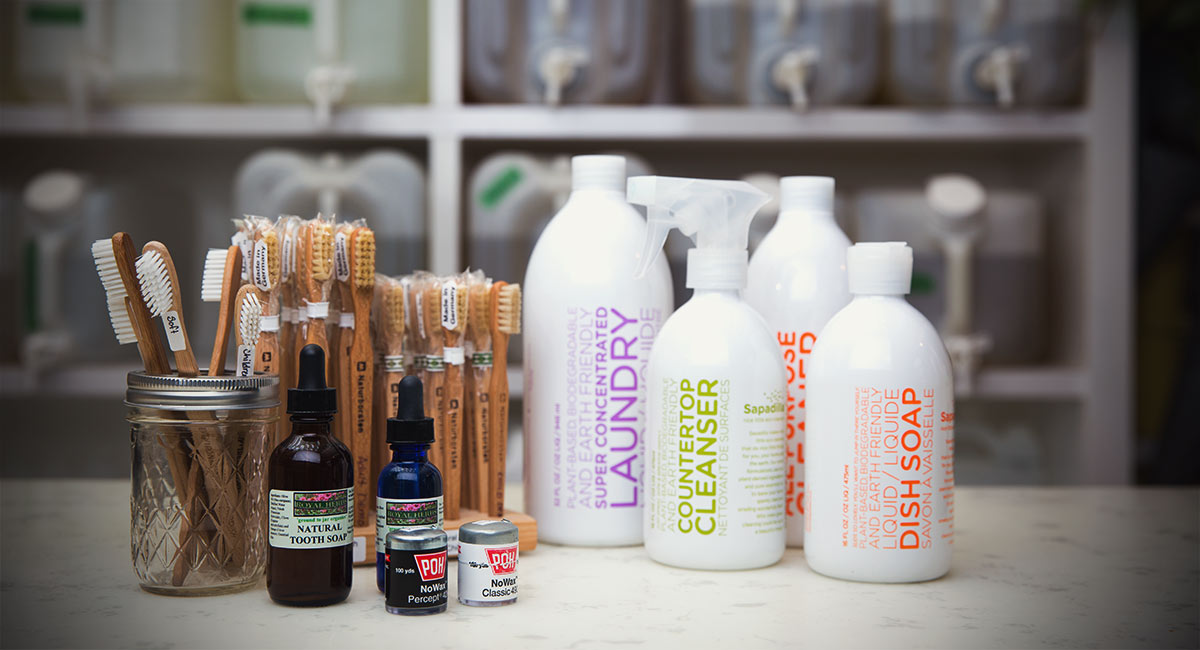
The zero-waste approach is not the only way individuals are tackling plastic pollution in their lives. Tanya Otero is the volunteer engagement coordinator for the Great Canadian Shoreline Cleanup, and has been living plastic-free since January 2015. “As an individual, I may not have responsibility over what happens on the shoreline,” she says, “but I have control over what I can do in my own life.” So far, the challenge has opened her eyes to the extent to which plastic has permeated our lives—a consumer reality that can be difficult to navigate when shopping for items, like dental floss or even clothing, that are often made of plastic-based synthetic fibres, including fleece and polyester.
Receiving gifts, something we usually look forward to, has also become a challenge for Otero. “You don’t want to come across seeming like you’re ungrateful, or that you’re judging someone for their choice of gift,” she says, “but your heart sinks a little bit when you see that a gift is wrapped in plastic.” This is just one of the socially alienating aspects of living plastic-free in a world that cannot stop circulating plastic.
Another challenge for anyone trying to reduce their plastic footprint is grocery shopping. Urban Impact, a Richmond, BC, recycling company, lists consumer goods packaging as being responsible for 20 per cent of the total amount of garbage that is generated by an average BC household. A large number of food items, including yogurt, potato chips, and fresh produce, are packaged and wrapped in plastic. Even products that are commonly found in tin or glass bottles—like cooking oils—often still have a plastic cap or spout.
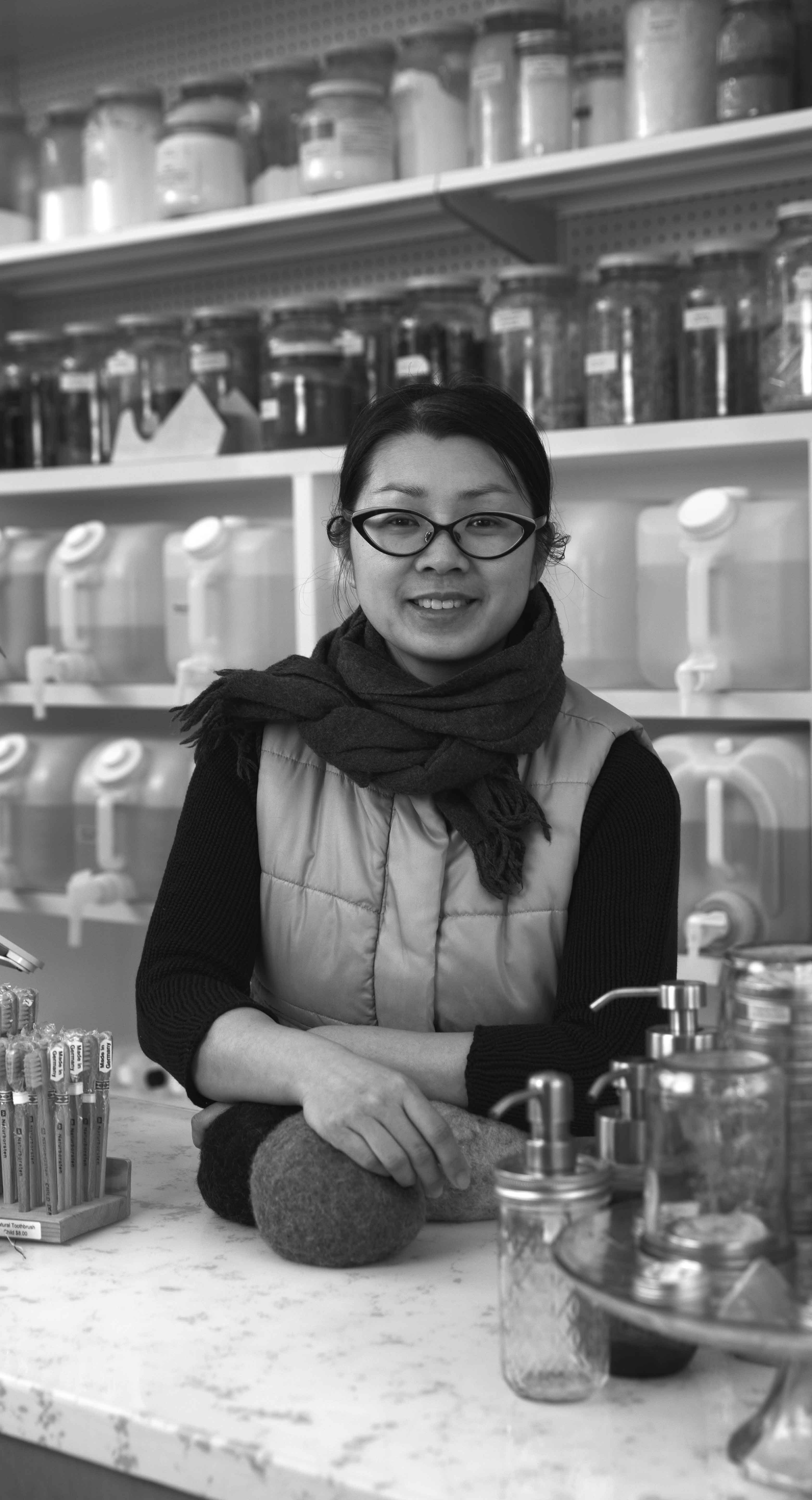
On the Retailer Level
The ubiquity of plastic in everyday items means that people trying to live plastic-free are required to make major changes to their usual grocery shopping patterns. Fortunately, Vancouver has an abundance of bulk grocery stores to ease anyone’s transition into a more sustainable lifestyle.
Rustemeyer and Otero both cite The Soap Dispensary, a landmark of eco-conscious shopping in Vancouver, as a valuable resource. The small boutique offers several high-quality, mostly Canadian-made soaps, cleaning detergents, and body-care products on tap. The store encourages shoppers to bring their own bottles (there are also a variety of containers available) to stock up on what they need. Since opening its doors in the Mount Pleasant neighbourhood in 2011, the boutique has expanded its line to include cooking ingredients and edibles. It has also hosted countless DIY workshops on making your own soap and cosmetic products.
The shelves in the store showcase an alternative lifestyle cabinet of curiosities—from wooden Lego toys to Miswak (a natural teeth-cleaning twig)—but the true focus of The Soap Dispensary lies in the rows of large, plastic containers that line the walls behind the counter, each filled with liquids of various colours and fitted with a dispensing tap.
The Soap Dispensary’s owner, Linh Truong, explains that the 19-litre pails contain liquid products that they receive from manufacturers. Each pail is washed and picked up by the manufacturing company when they drop off a new shipment. “We’re re-using our containers, and the customers are re-using their containers, so at least from the consumers’ and retailers’ perspectives, we’re not generating as much waste.”
One of The Soap Dispensary’s biggest challenges is dealing with the excessive packaging that manufacturers use to ship products to the store. “Wherever we can, we talk to our suppliers and ask them to send us biodegradable peanuts instead of Styrofoam peanuts, newspaper instead of plastic,” says Truong, noting that smaller companies are often happy to accommodate their requests. However, the store’s mandate can put them at odds with the realities of running a retail business: “It’s a nightmare sometimes because we need a lot of storage for all those things until we can find uses for some of them, but we just don’t believe in throwing out things. We have to practice what we preach,” explains Truong.
Despite these challenges, The Soap Dispensary has become a thriving business. In its first year of operation, The Soap Dispensary diverted 3,600 plastic bottles from the landfill, and it diverted another 8,000 bottles in 2013. And although Truong acknowledges that the general public that shops at big box stores remains largely unaware of the store, The Soap Dispensary has proven to be a sustainable model that works on all levels: refilling is cheaper for consumers, retailers, and manufacturers, and it is better for the environment.
Truong believes that government has a major role to play in helping us reduce plastic waste. “If there was a policy in place that holds the manufacturer accountable for disposing waste, we would see a great change in how things are packaged,” she explains. “It shouldn’t only be on the onus of the consumers to deal with the problem. We’re a retailer, and we’re doing our part, but it needs to start from manufacturing.”
On the Manufacturing Level
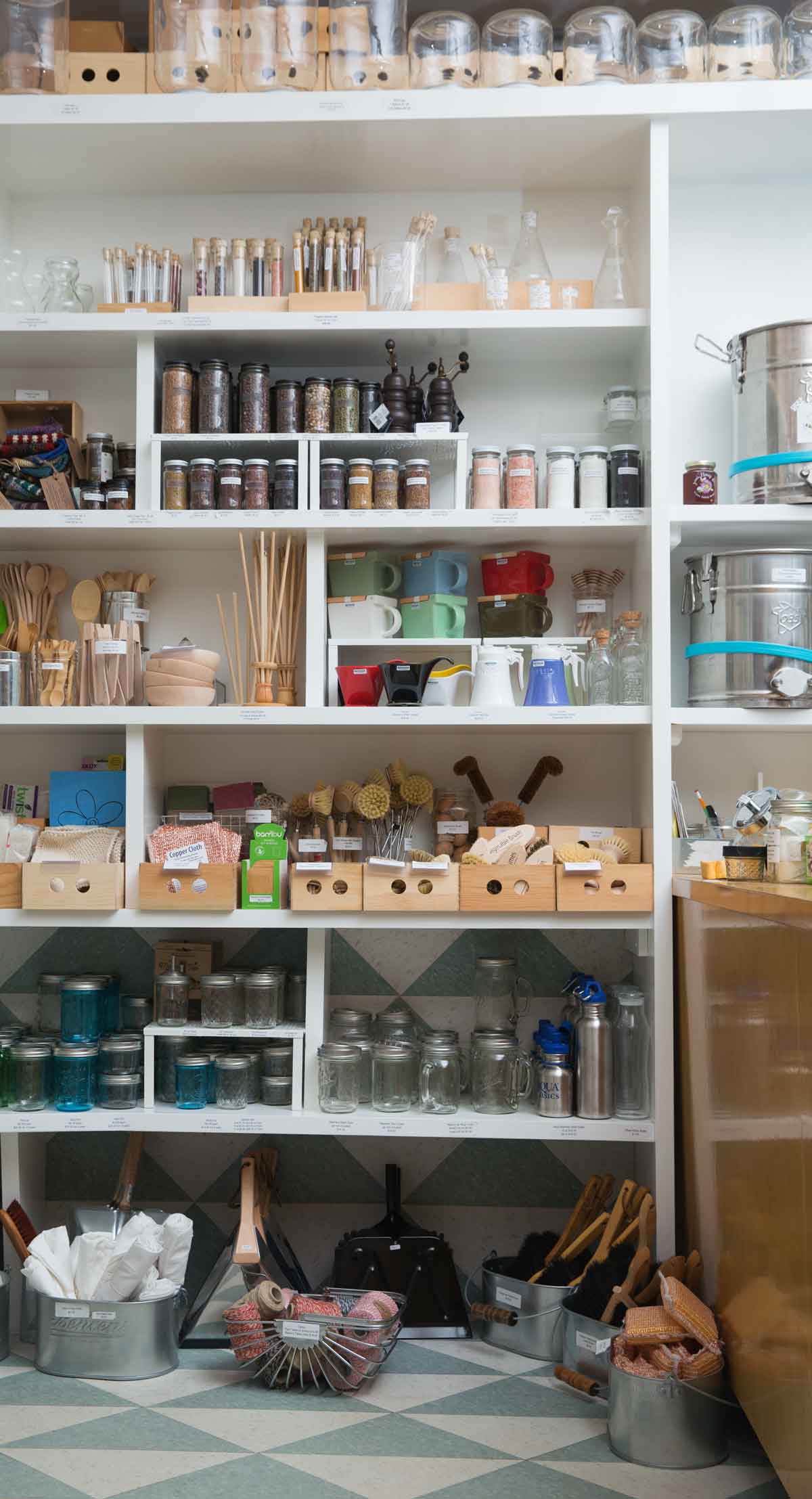
Large corporations, such as Unilever and Procter & Gamble—which own some of the largest consumer brands in the world, including Lipton, Dove, Braun, and Axe—sell products to nearly four billion people every single day. Therefore, it can make a huge difference to the environment if each new product is made of recycled plastic.
The Plastic Bank is a Vancouver organization that helps manufacturers reduce waste by supplying them with recycled plastic. The plastic is sourced from the organization’s 32 collection centres in Haiti, that provide individuals with fortified food, purified water, and other supplies in exchange for plastic bags, bottles, and other items. David Katz, founder of The Plastic Bank, says that this collection system allows the entire population to see the plastic under their feet as a means of payment. “If every plastic bottle on the ground is $10, how many of them would be lying on the ground? None! They wouldn’t even be in the garbage to begin with!”
The recycled plastic collection centres in Haiti have been integral in helping some of the country’s most impoverished communities become more financially self-sustainable. “There is no such thing as waste,” says Katz. “We just don’t have the processes in place right now to reveal the value in materials such as plastic, with the current infrastructures that are in place in many countries today.”
In order for there to be a meaningful reduction in the amount of waste we produce daily, there needs to be a massive restructuring of the way products are manufactured and sold. However, we cannot convince governments and major corporations to make these changes without demonstrating that the demand exists. Change begins with the small decisions we make on a daily basis. Both Rustemeyer and Otero expressed how their waste reduction efforts have fundamentally changed their relationship with the products they purchase. Rustemeyer recalls thinking about what kind of toothbrushes they wanted to buy during the Clean Bin Project: “Do we want something that’s made out of three different materials, or do we want to buy something that we can compost at the end of its life? Will we buy from a company that is making it out of recycled plastic and taking it back when you’re finished with it?” Although Rustemeyer no longer abides by strict zero-waste principles, the challenge has completely changed the way she buys and uses things.
It is a common misconception that the only way to reduce consumer waste is to lead a life of deprivation. Often, the opposite is true: We develop a more meaningful relationship with the objects we own when we become more conscious of the objects that we throw away each day, and we are all the richer for it.





